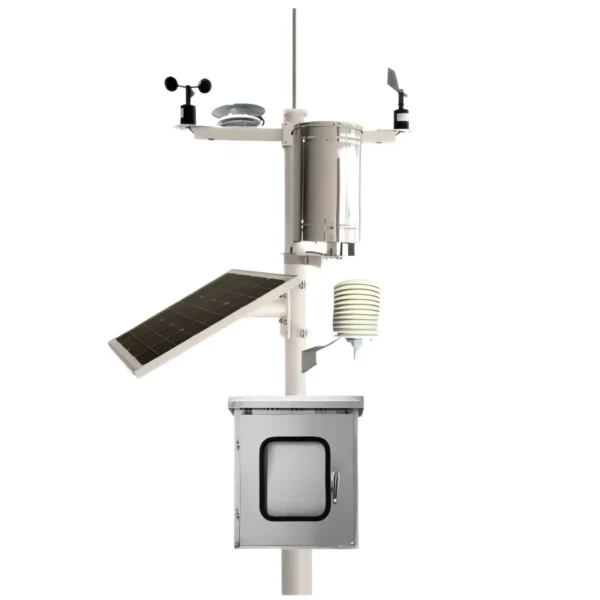
# Automatic Weather Station: Advanced Technology for Accurate Weather Monitoring
Weather monitoring has always been a critical aspect of understanding and predicting environmental changes. With the advent of advanced technology, the Automatic Weather Station (AWS) has become an indispensable tool for meteorologists, researchers, and industries reliant on accurate weather data. This article delves into the features, benefits, and applications of AWS, highlighting its role in modern weather monitoring.
## What is an Automatic Weather Station?
An Automatic Weather Station is a sophisticated system designed to collect and record weather data without human intervention. Equipped with various sensors, an AWS measures parameters such as temperature, humidity, wind speed, wind direction, rainfall, and atmospheric pressure. These stations are often deployed in remote or hard-to-reach locations, providing real-time data that is crucial for weather forecasting and climate research.
## Key Features of an Automatic Weather Station
Modern AWS systems come with a range of features that enhance their functionality and reliability:
– **High Precision Sensors**: AWS units are equipped with sensors that provide highly accurate measurements, ensuring reliable data collection.
– **Remote Monitoring**: Data from AWS can be accessed remotely via satellite, cellular networks, or the internet, allowing for continuous monitoring.
– **Durability**: Designed to withstand harsh environmental conditions, AWS units are built to operate reliably in extreme weather.
– **Energy Efficiency**: Many AWS systems are powered by solar panels, making them energy-efficient and suitable for remote deployments.
– **Data Logging**: AWS units can store large amounts of data, which can be retrieved and analyzed for long-term climate studies.
## Applications of Automatic Weather Stations
The versatility of AWS makes it applicable in various fields:
– **Agriculture**: Farmers use AWS data to optimize irrigation, planting, and harvesting schedules, improving crop yields.
– **Aviation**: Airports rely on AWS for real-time weather updates, ensuring safe takeoffs and landings.
– **Disaster Management**: AWS data helps in predicting natural disasters like hurricanes and floods, enabling timely evacuations and preparations.
– **Environmental Research**: Scientists use AWS to study climate change, monitor ecosystems, and conduct environmental impact assessments.
– **Renewable Energy**: AWS data is crucial for optimizing the performance of wind and solar energy systems.
## Benefits of Using an Automatic Weather Station
The adoption of AWS offers numerous advantages:
– **Accuracy**: Automated systems reduce human error, providing more precise weather data.
– **Cost-Effectiveness**: By automating data collection, AWS reduces the need for manual labor, lowering operational costs.
– **Real-Time Data**: Immediate access to weather data allows for quick decision-making in critical situations.
– **Scalability**: AWS networks can be expanded to cover larger areas, providing comprehensive weather monitoring.
– **Sustainability**: With renewable energy options, AWS contributes to environmentally friendly practices.
## Conclusion
The Automatic Weather Station represents a significant leap forward in weather monitoring technology. Its ability to provide accurate, real-time data across various applications makes it an essential tool for modern meteorology and environmental science. As technology continues to evolve, AWS systems will undoubtedly play an even more critical role in our understanding and management of the Earth’s climate.
Keyword: automatic weather station